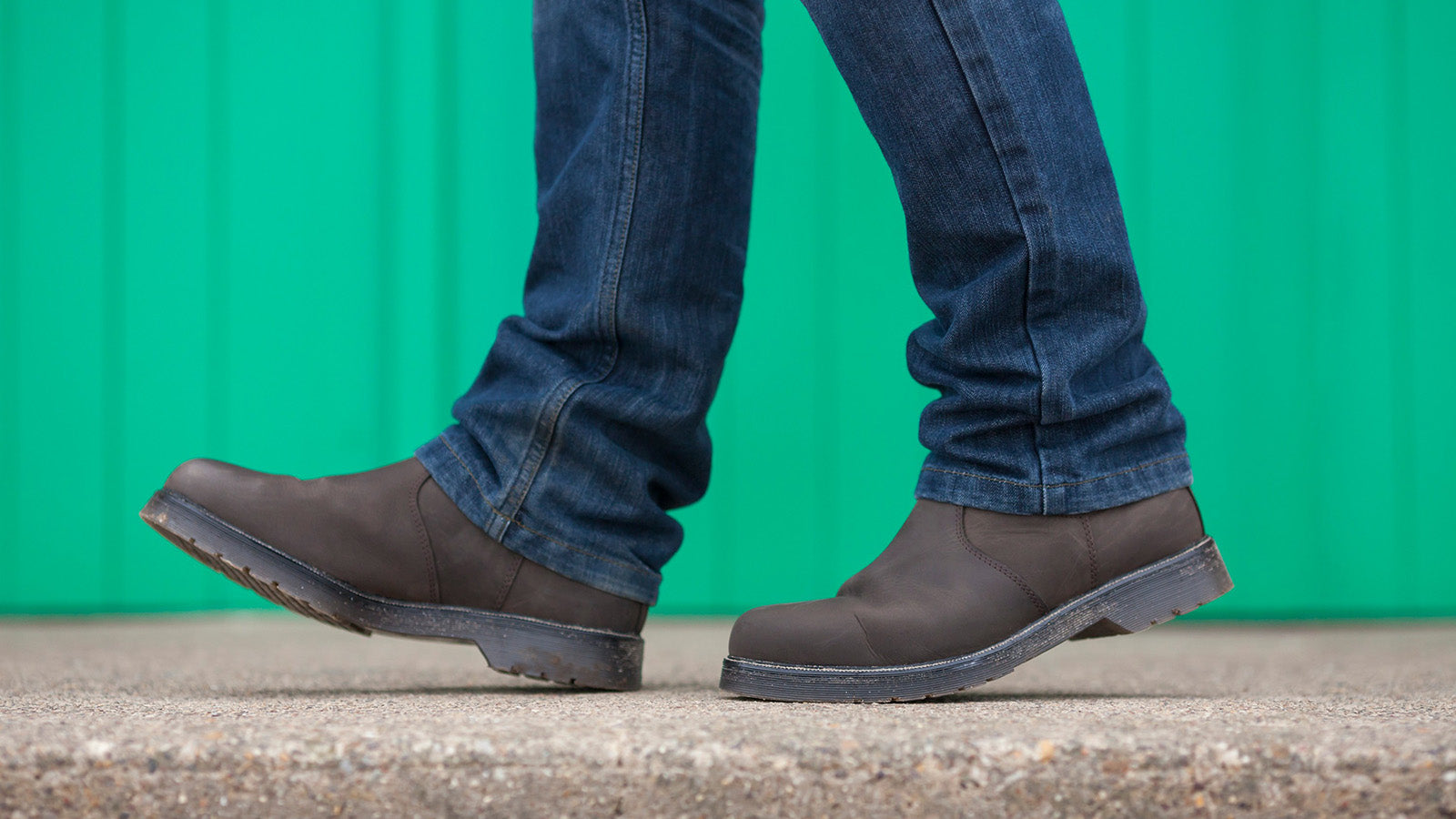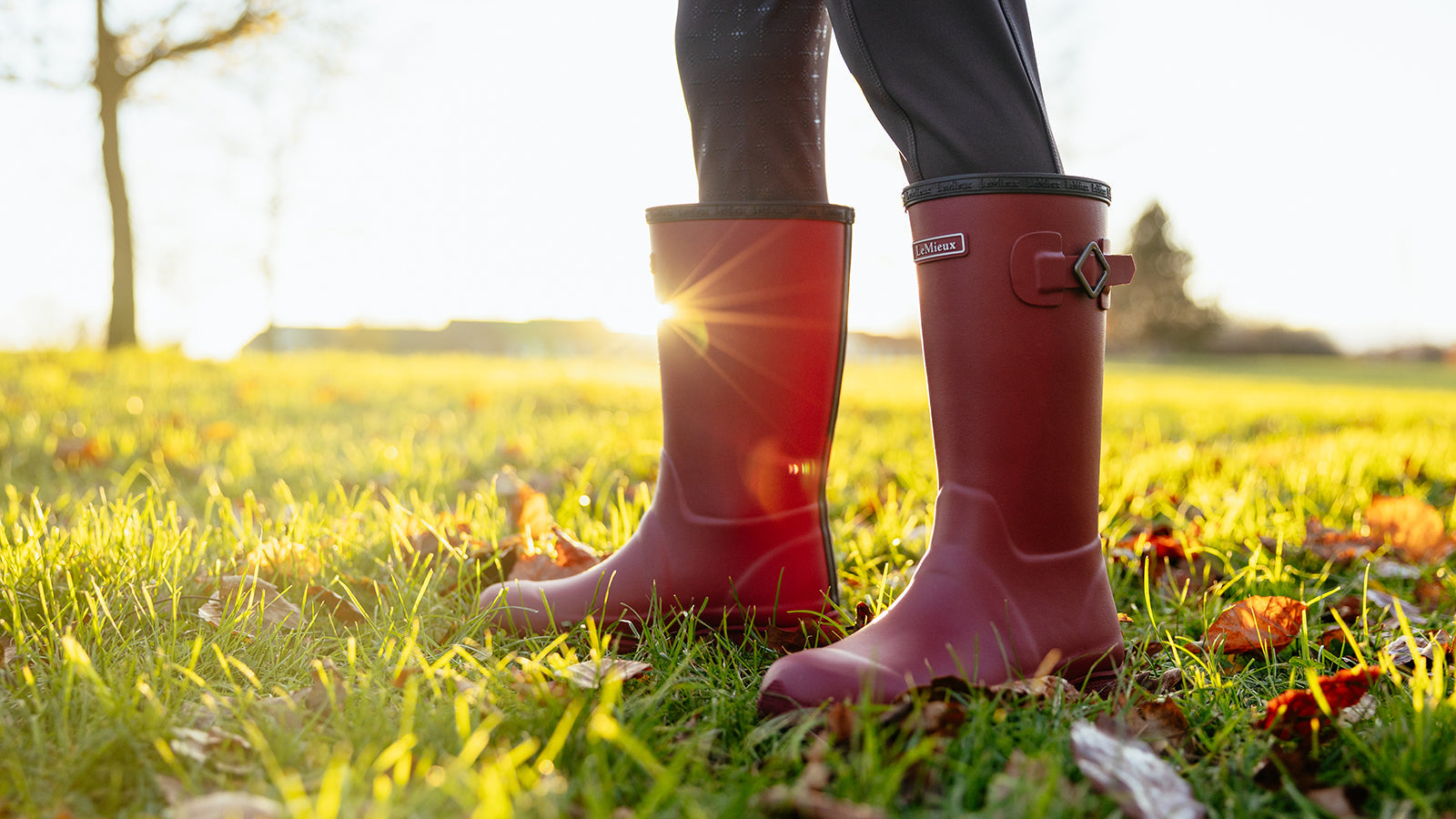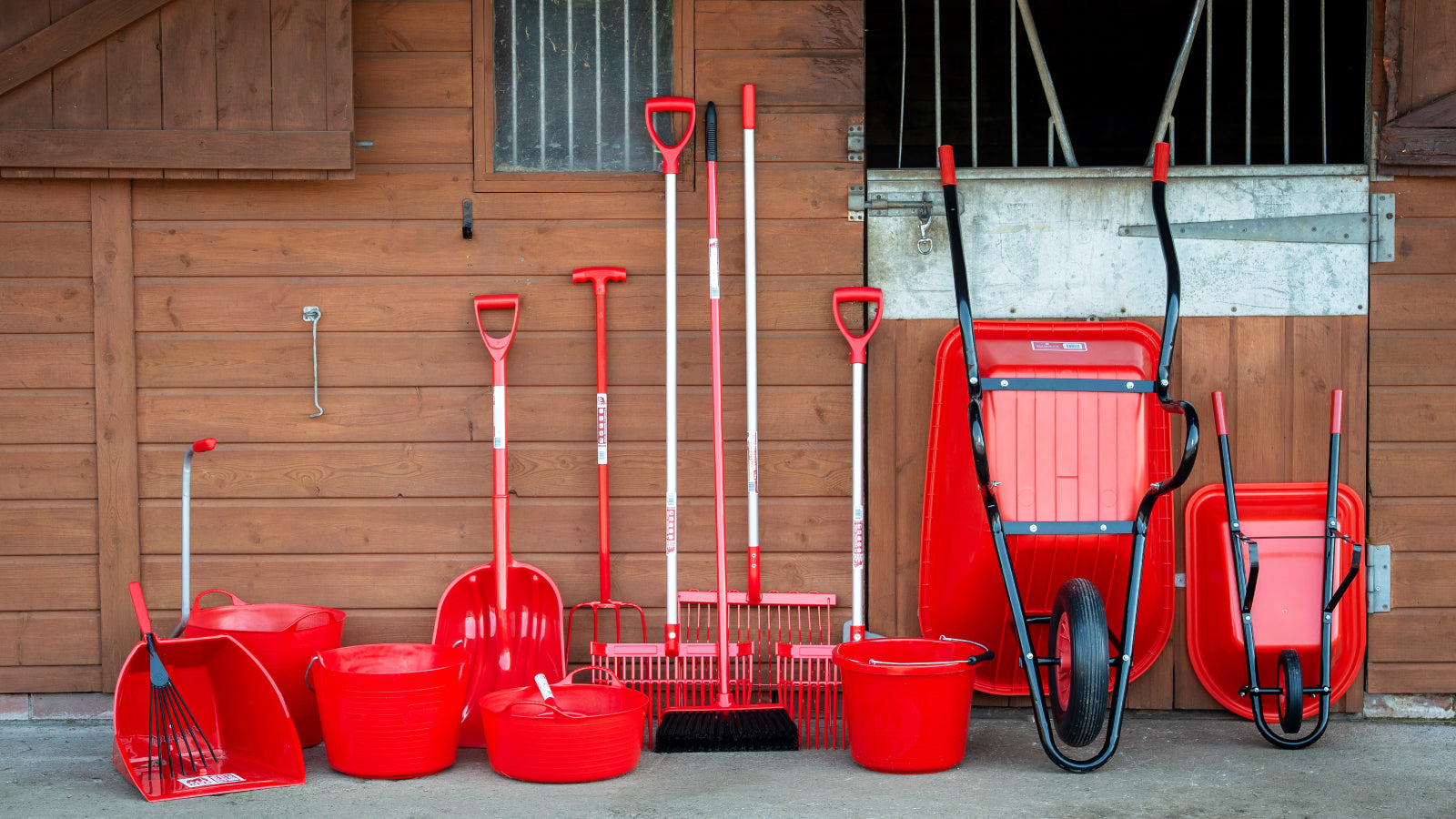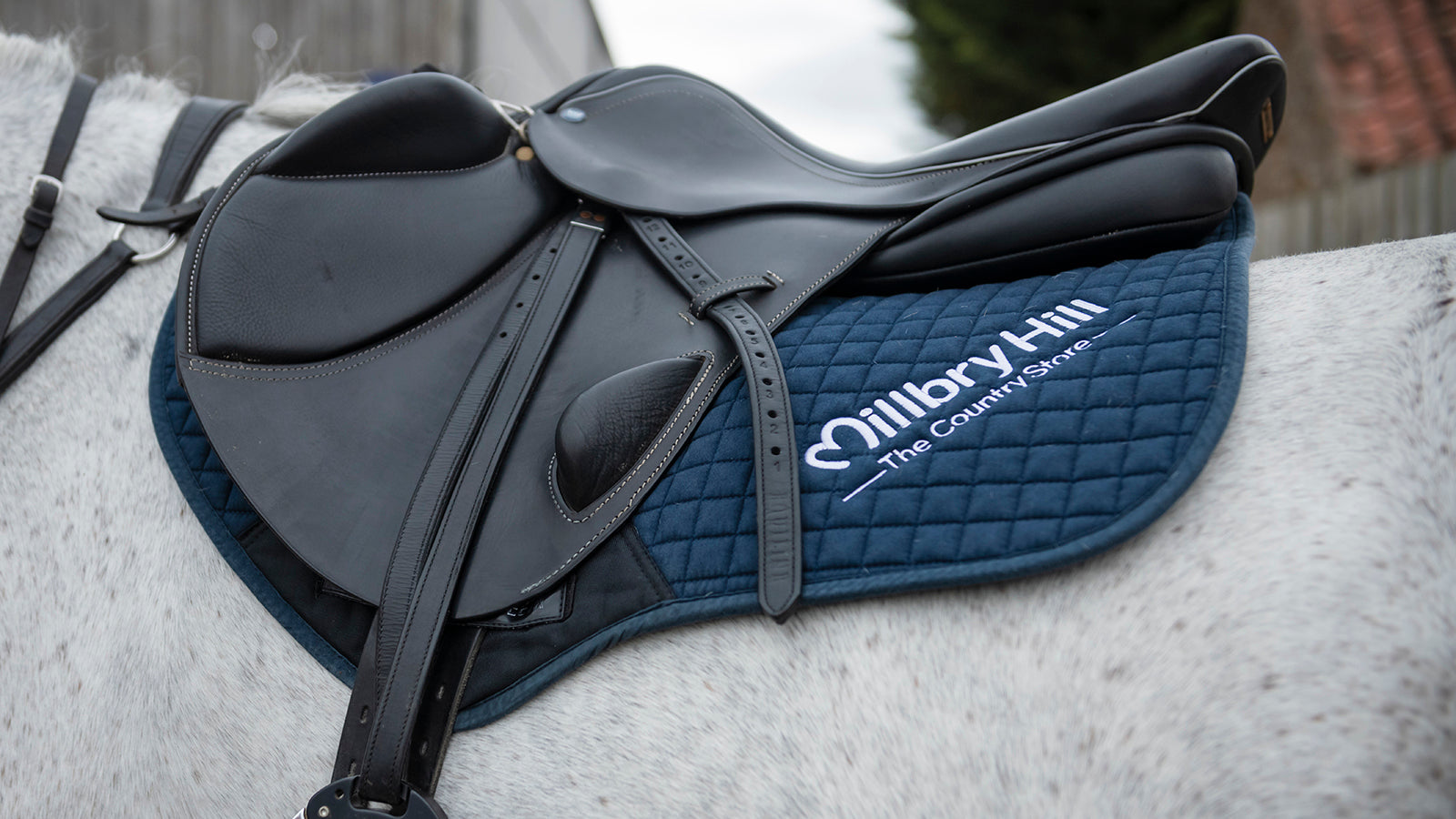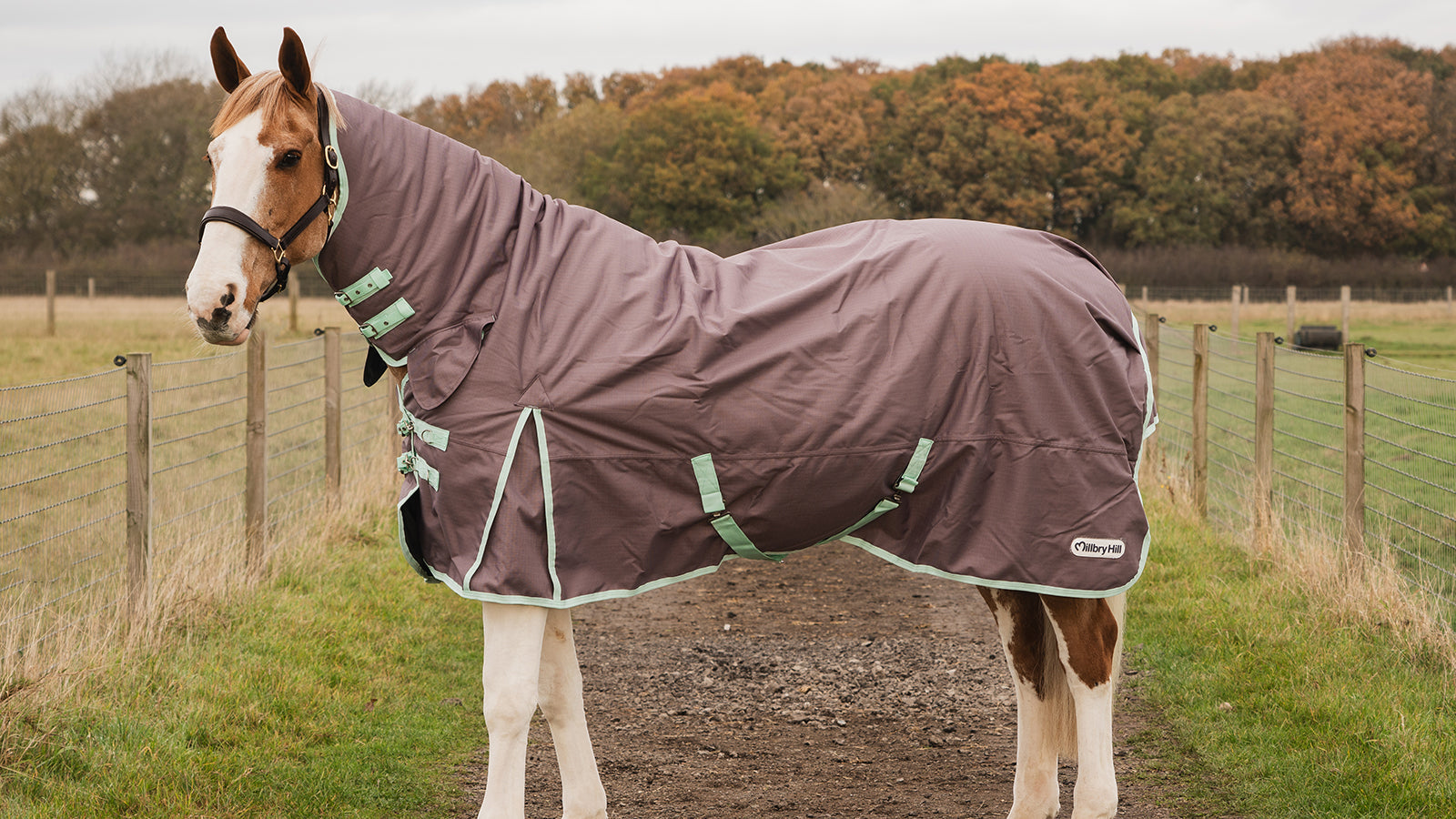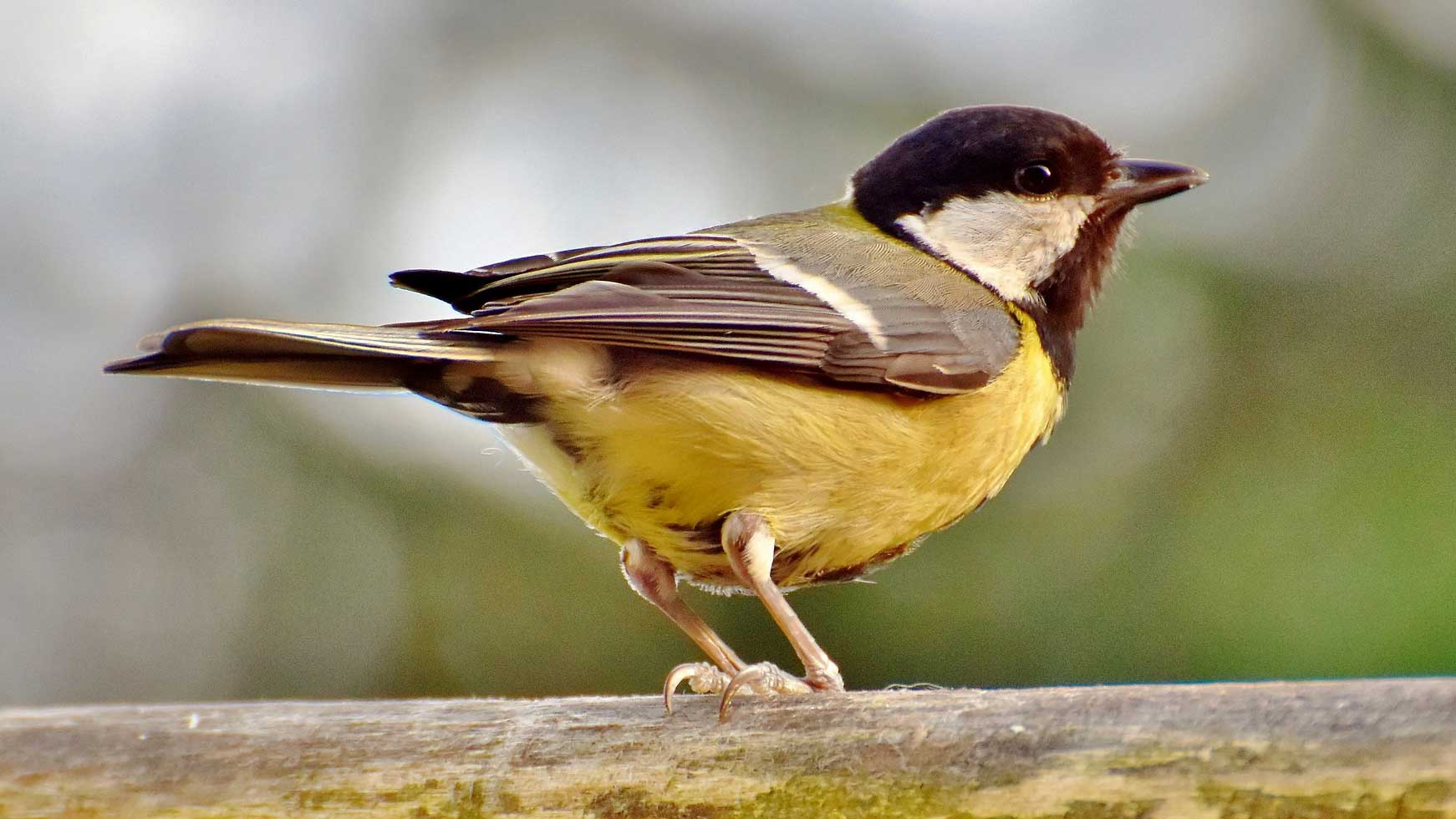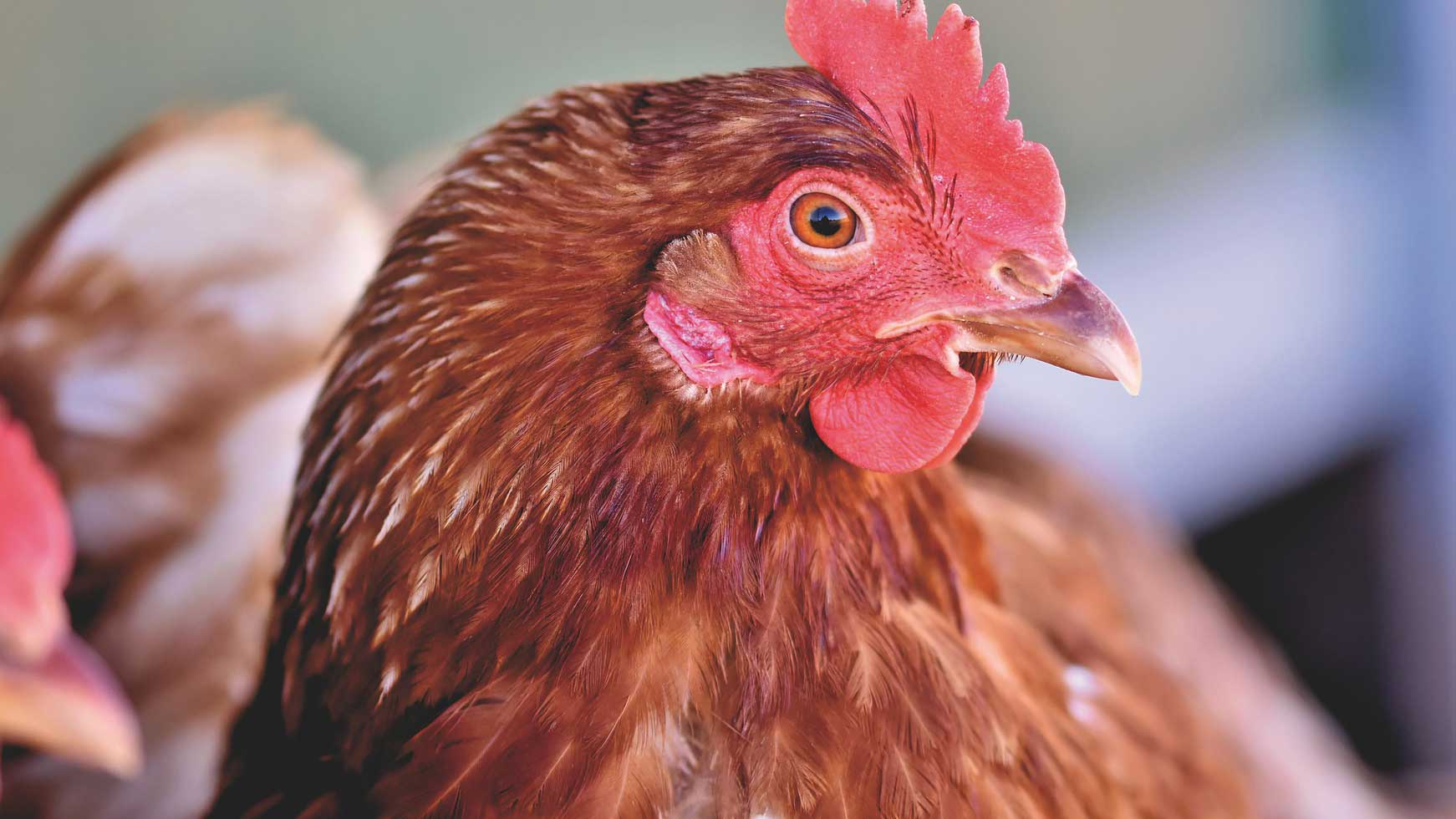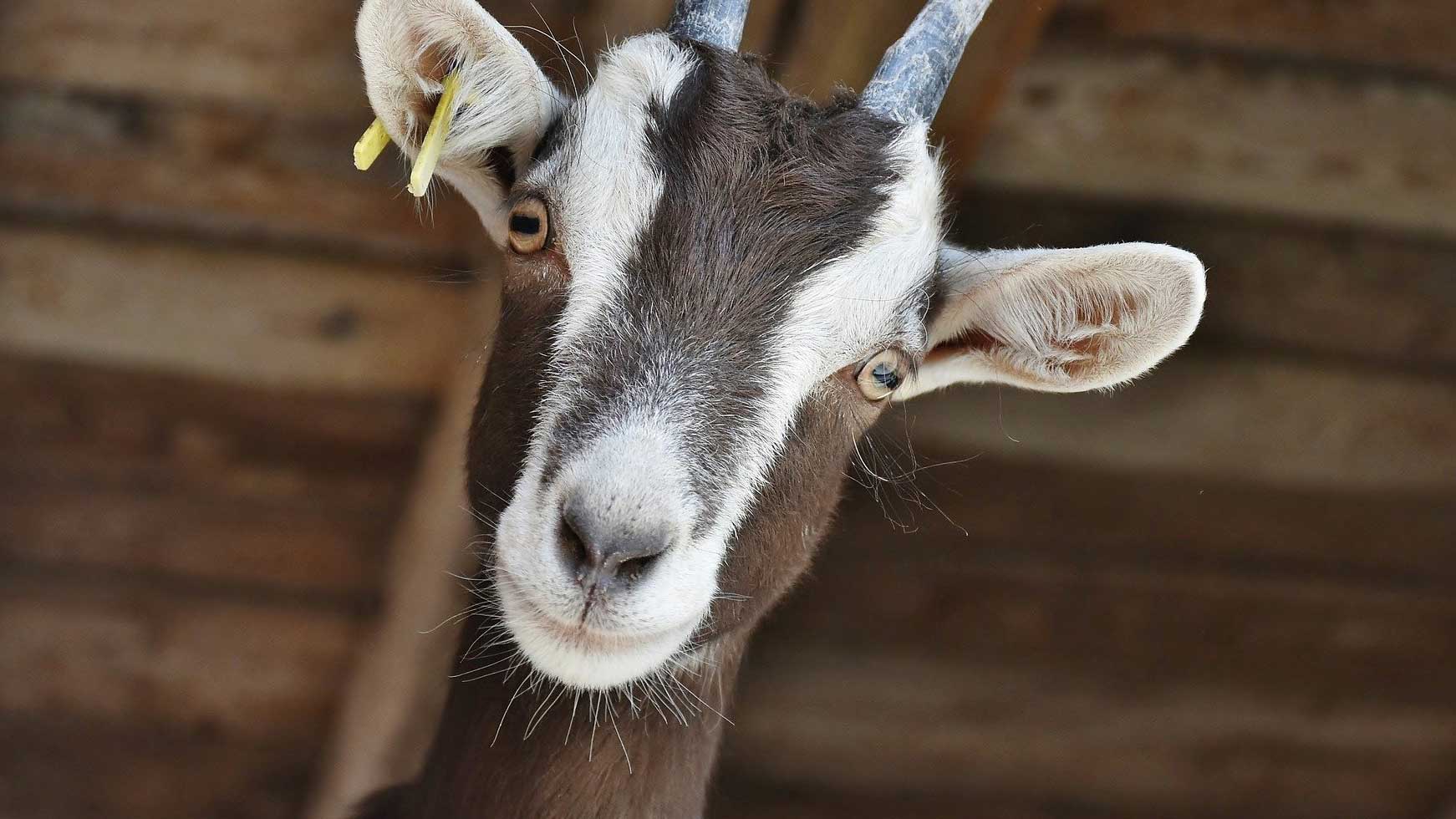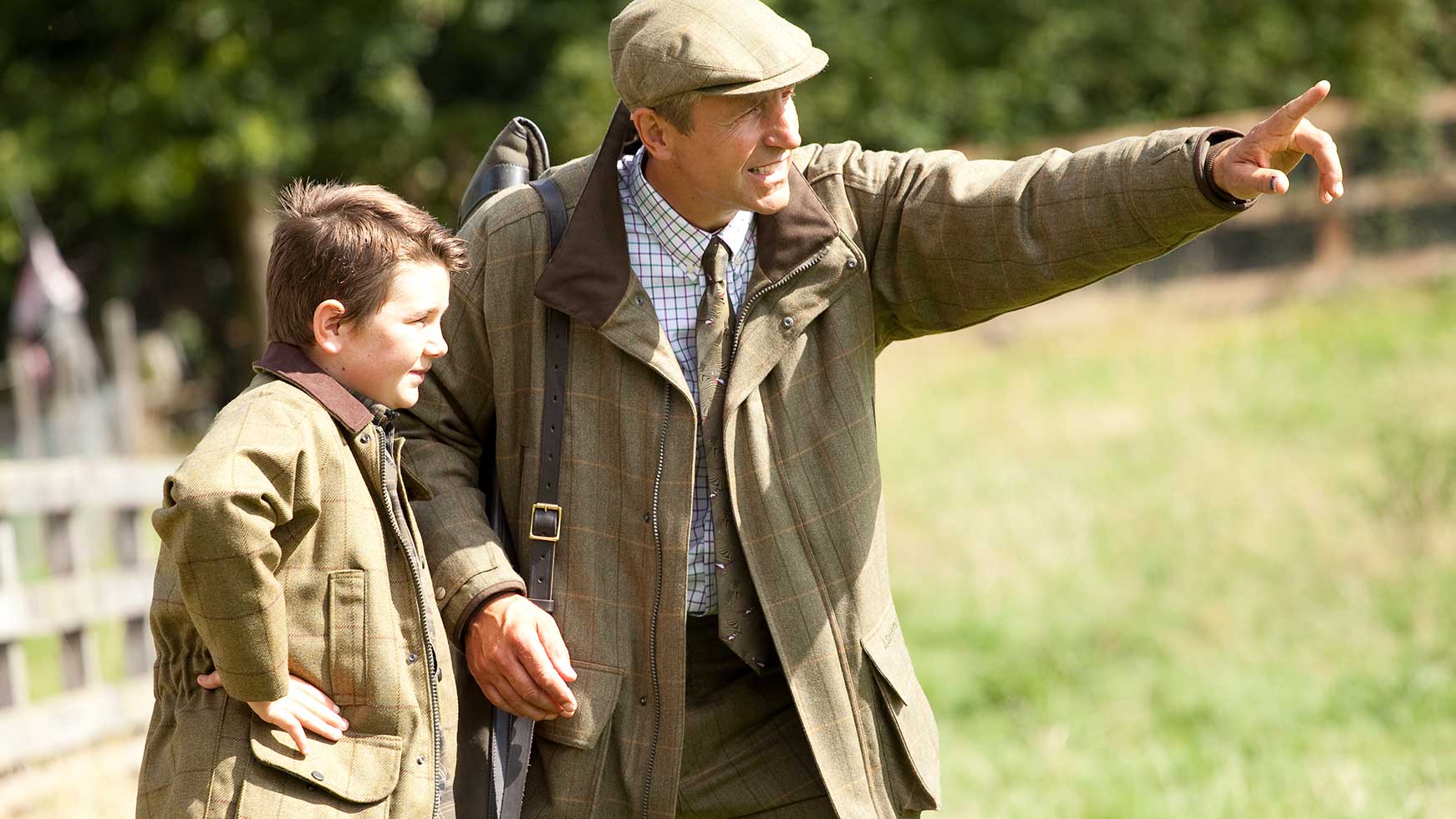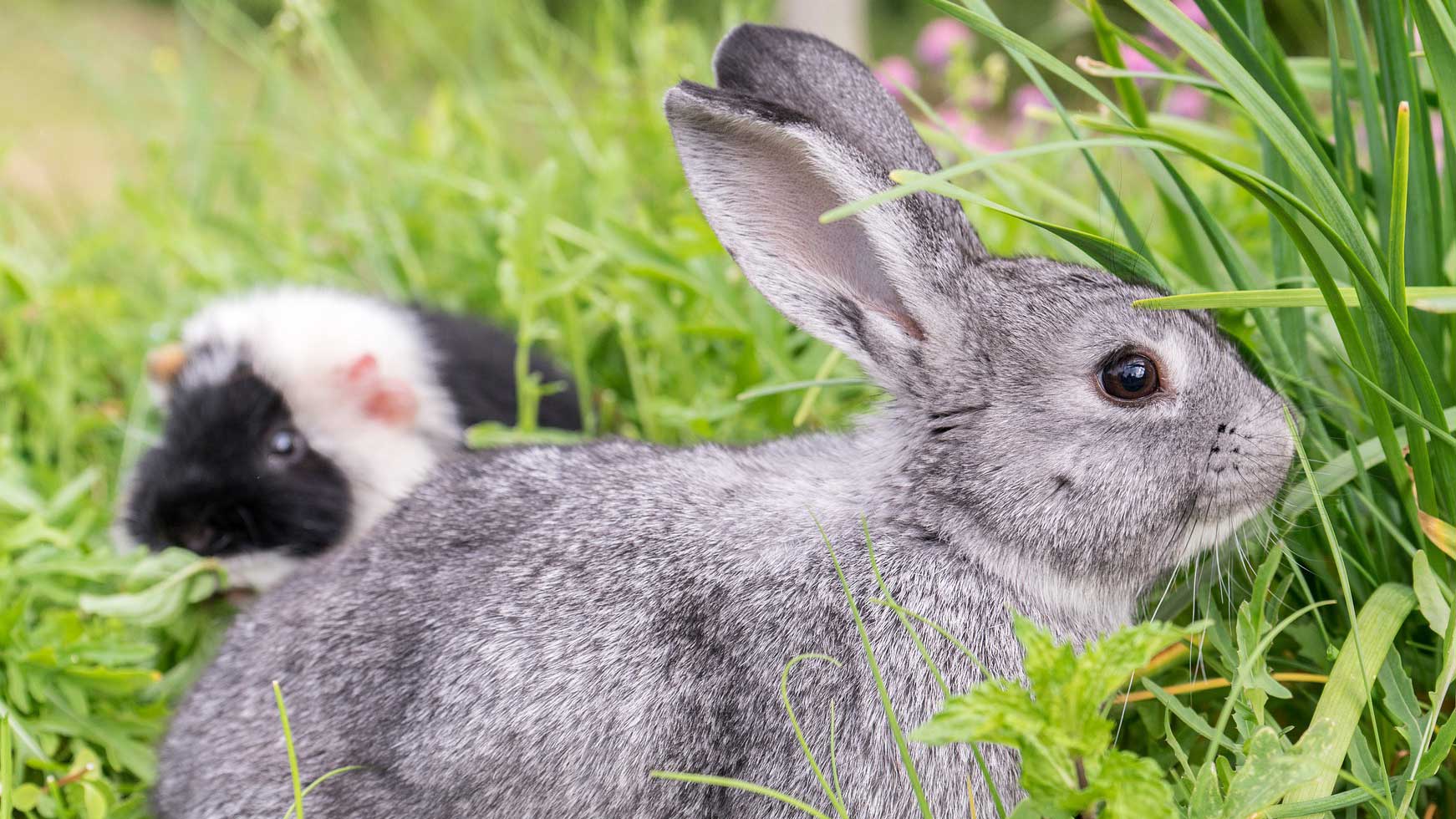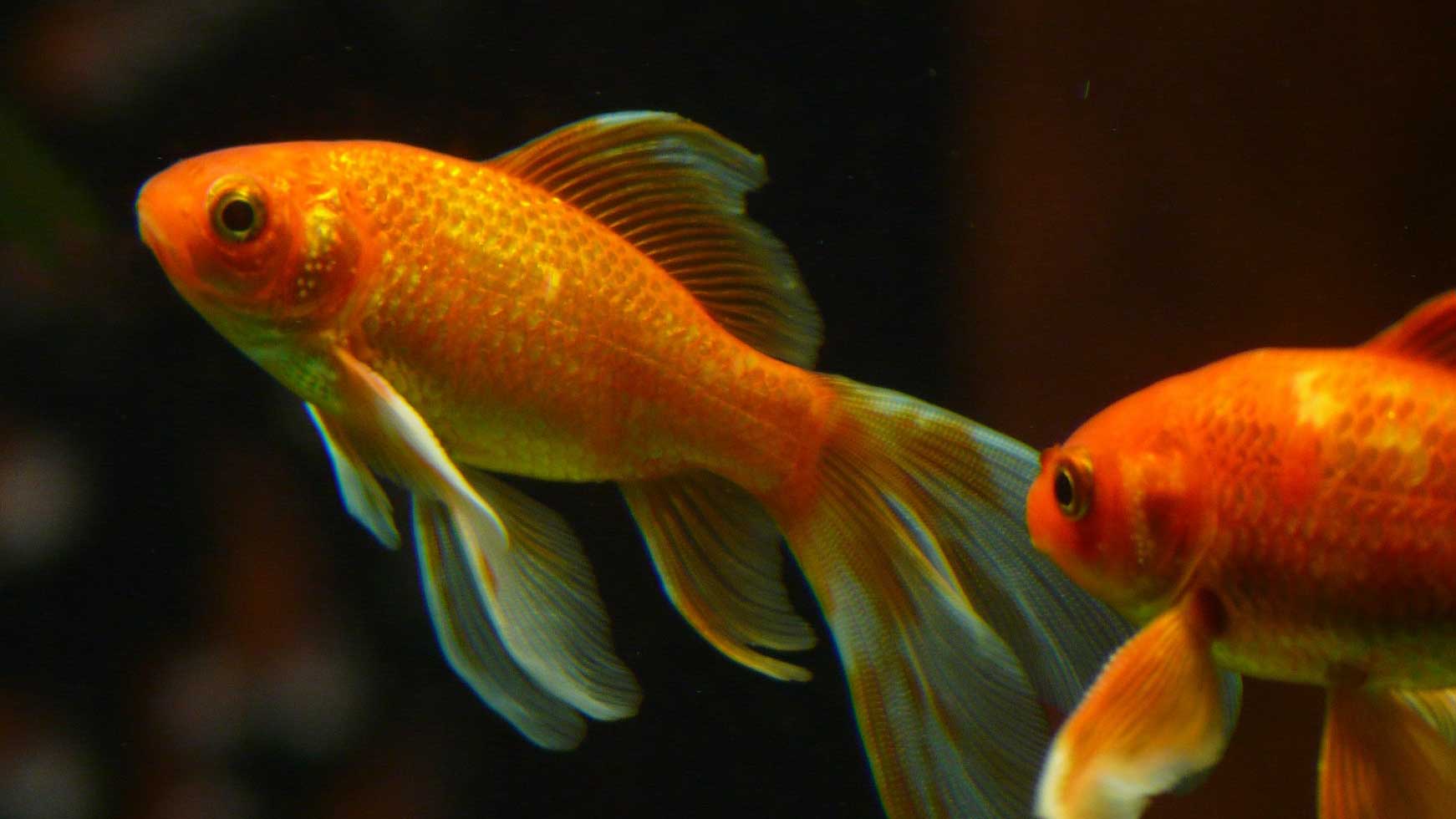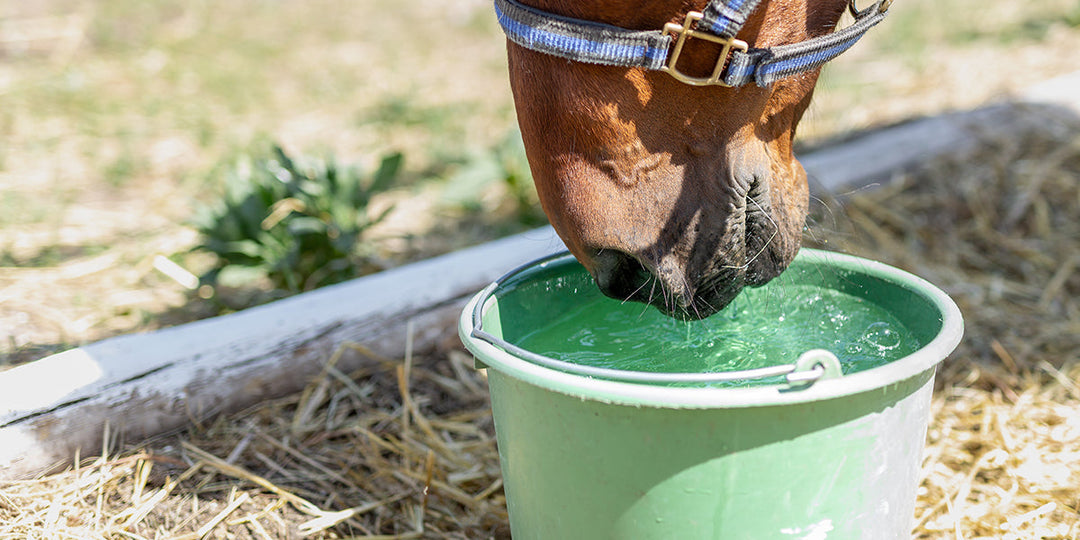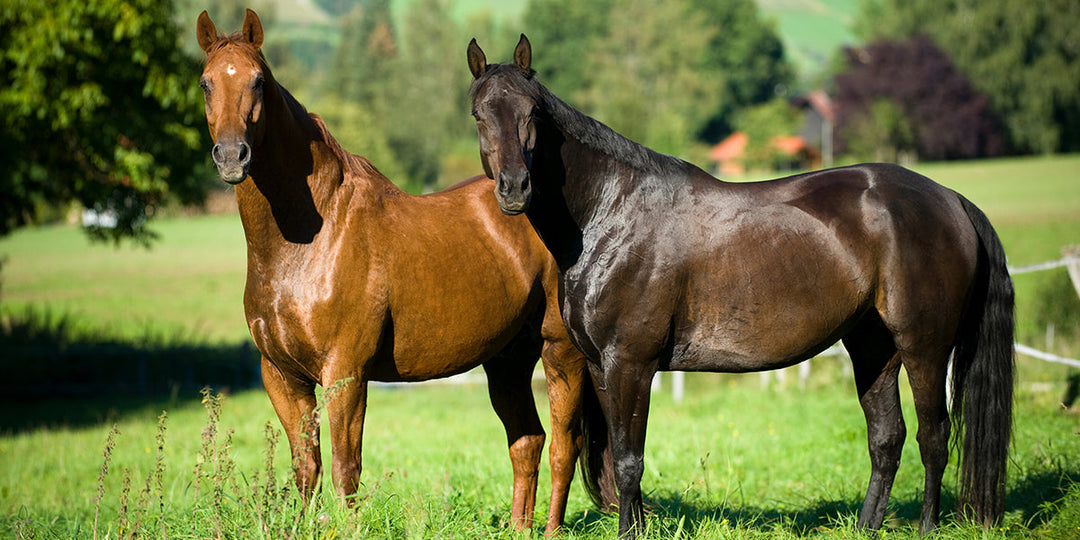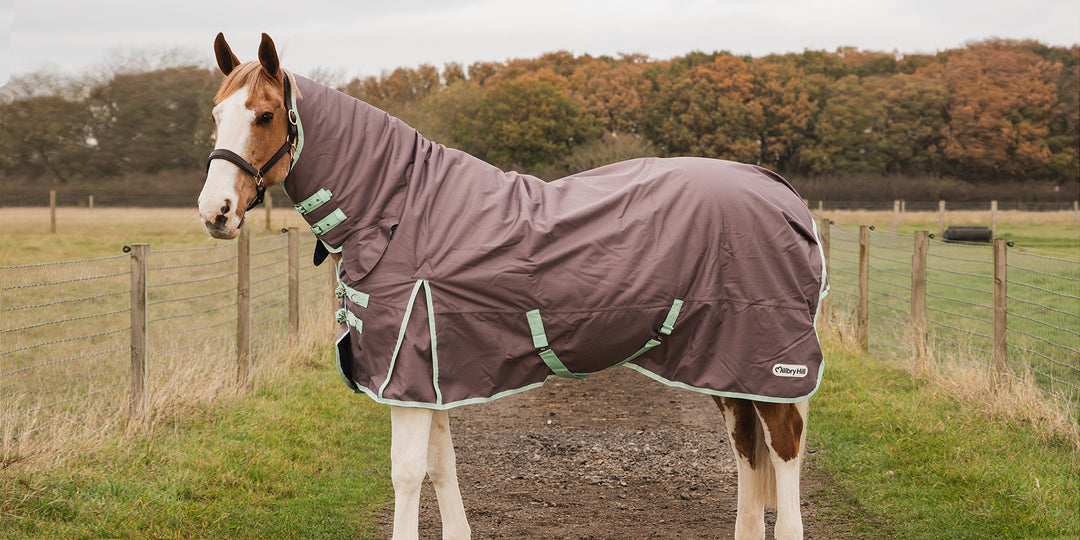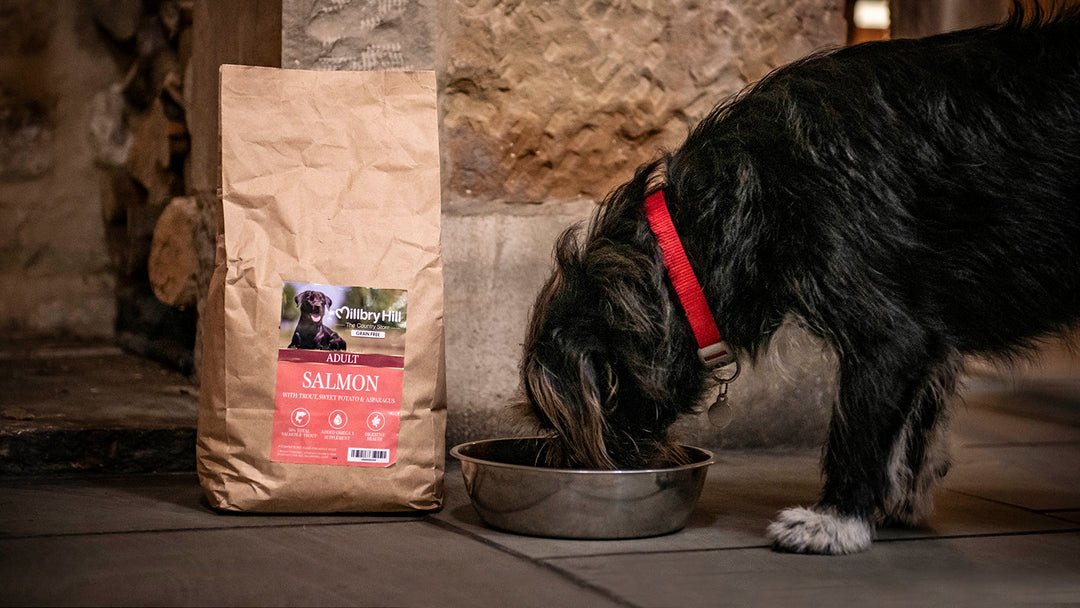Winter Feeding with Dodson & Horrell
As the season changes heading into winter, it is a good time to reconsider your horse’s diet and make a feeding plan for the coming months. The winter period offers an opportunity to work towards body weight goals, so that your horse is in the best possible condition when spring arrives.
At all times of the year, hydration is key! The average water intake for a 500kg adult horse is 25 litres per day. Horses must always have free access to fresh, clean water. This can be a challenge particularly in the winter months as water sources can freeze. There is evidence that offering lukewarm water to horses in cold temperatures can increase their fluid intake and adding electrolytes to their diet can also help to improve hydration.

Forage is the next layer of your horse’s nutrition and should be the mainstay of any horse’s diet. Total forage intake should be at least 1.5-2% of bodyweight per day on a dry matter basis (weight minus the water content). During the winter months, grass growth is much slower, and the nutritional content is also reduced. This means that preserved forages such as hay and haylage will very likely be necessary to meet your horse’s daily fibre requirements. It should be noted that not all hay or haylage will have the same energy content, and forage alone will very often not meet their daily vitamin and mineral requirements. Having your forage analysed is a great way to know exactly what you are feeding, and to guide how much your horse should be getting to meet their weight loss or gain targets. This is a service which is available via the Dodson & Horrell website, and follow-up consultation with their expert helpline team can help to set you up with a feeding plan ready for the coming months.
Feeding Good-Doers in Winter
For our good-doers, winter is a fantastic opportunity to work towards getting them to an ideal body condition prior to the more challenging spring/summer period when laminitis risk is at its highest. Holding excess bodyweight can both increase the risk of contracting laminitis and make active flare ups more severe. For good-doers, we can often use the winter time to work in our favour! If we don’t make dietary changes, the added calories needed in colder temperatures can help shake off excess kilograms. But for this to be effective, it is important not to over-rug good-doers so their metabolism to meet the energy requirements of the dropping temperatures. For these horses, maintenance on a controlled forage ration alongside a balancer designed for good-doers – such as the Dodson & Horrell “Go Lite” balancer – should be sufficient to meet their daily energy and vitamin and mineral requirements, whilst remaining low in calories, starch, and sugar. Biotin, methionine, nettle, and seaweed are added to support hoof health and coat quality, alongside Actisaf protected yeast which supports digestion and nutrient uptake.
Our “Senior Support” balancer is another great option which can be fed alongside a forage only diet to meet the daily vitamin and mineral requirements of older horses that are still able to easily maintain their weight. It can also be used on top of your horse’s current diet to ensure your older horse is getting the extra support that they need. Dodson & Horrell “Senior Support” balancer includes our joint care package – a combination of MSM and glucosamine to support mobility and function. It also contains biotin, zinc, and methionine for hoof health and Actisaf protected yeast for digestive support. Added Turmeric and cracked black pepper provide added musculoskeletal support and promote healthy skin and coat condition.
Feeding Horses Prone to Weight Loss in Winter
Some horses are the opposite, and struggle to maintain their body weight through the winter. Whilst seasonal fluctuations in body condition are a natural occurrence, it is something that we can work to minimise in those horses which are already a little leaner than we would like, or that are prone to weight loss. With the correct feeding plan it is possible to help our horses to even gain body condition throughout the winter where this is desirable. Even in these scenarios, forage is still key, so providing high-energy preserved forage on an ab-lib basis will help. We should always aim to provide most of the calories in the diet from forage and use complementary feeds secondarily to ensure all daily nutrient requirements are met. Conditioning feeds will often scale up at least two of the three types of energy or calorie sources that stem from oil, protein, and carbohydrates. Our “Build Up Conditioning Mix” and “Build Up Conditioning Cubes” are designed for this purpose. Both products benefit from added high quality protein in the form of L-Lysine to support muscle and top-line development. They are also fully fortified with vitamins and minerals and contain digestive support in the form of Actisaf yeast to encourage absorption of those added calories.
If you are happy with your current diet but think your horse could use just a little bit extra, “Build and Glow” might be an alternatively good product to use. This is because the feeding rate is low, helping make it very easy to incorporate into an existing feeding plan. One of the many additional benefits of using this product in comparison to liquid oil, is the added vitamin E that is used to counterbalance the high concentration of blended oils present within the extruded pellets, helping to keep omegas in balance in check within the body.

Feeding the Older Horse in Winter
The winter months can be a worry for older horses who struggle to hold condition. Forage is again important, despite the reality that many older horses will struggle to chew long-strand forages such as hay and haylage. When this is the case, using a wet source of fibre in the diet can be hugely beneficial to maintain overall fibre intake and hindgut health and motility. Dodson & Horrell “Health Mash” is an aromatic herbal mash with a blend of super fibres which has been carefully formulated to support immune and digestive function. It is molasses-free and low in starch and sugar. It also contains a whole range of digestive support including the prebiotics MOS and FOS, the probiotic Actisaf yeast, and Psyllium for motility support. D&H’s bespoke QLC antioxidants are included in high amounts, alongside echinacea to provide added immune support. Health Mash is very convenient to use, with only a 10 minute soak time even if only cold water is available.
In cases where horses are no longer able to eat any long strand forage due to dental issues, full hay replacement diets are necessary to provide sufficient fibre. You can find details of the D&H hay replacement recipe at www.dodsonandhorrell.com/nutrition/feeding-factsheets/feeding-the-older-horse, or contact the experts on the Dodson & Horrell nutritional helpline over the phone 01270782223, via email helplineenquires@dodsonandhorrell.com, or on the Dodson & Horrell website’s Livechat service for further assistance.
Dodson & Horrell “CushCare Condition” is a stand-out product for older horses that struggle to maintain body condition. A unique coarse crumble which is softer than hard pelleted feeds, it can be fed dry or soaked. High in oil and fibre, it has been scientifically designed to provide calories in low-starch, low-sugar format which is suitable for horses and ponies prone to laminitis. It provides prebiotic Actisaf yeast, prebiotics for digestive support, omega-3 fatty acids, and glucosamine to nutritionally support joint function. It also contains QLC antioxidants, essential amino acids to support maintenance of muscle mass, and Chaste tree berries which has been shown in scientific literature to help reduce some of the outward clinical signs associated with Cushing’s disease.
No matter your goal, whether it be your horse’s weight loss or weight gain, fibre remains a priority. Using short chop complementary products as part of their daily requirement can introduce additional support supplements, calories, and fibre sources into the diet to support digestive health. Our “Fibre Fusion” is a fantastic low starch and high oil blend of super fibres. Our experts have worked hard to develop a unique blend of sainfoin, alfalfa, and grasses that is both palatable and a source of quality protein. Our “Fibre Plus Complex”, prebiotic MOS, and probiotic Actisaf yeast are also included to further support fibre fermentation and conversion into energy within the hindgut.

For all horses during the winter months, as with the rest of the year round, sticking to the golden rules of feeding is key. Hydration first, then forage, then hard feed to provide the added vitamin, mineral, and energy requirements that would be lacking in the diet without the use of complementary feeds. Regular body condition scoring, weigh taping, and reassessment of your horse’s feeding is key to achieving your winter feeding goals in order to prepare as best is possible for the coming spring and summer months.
If you want to know more about how best to feed your horse over the winter, or for any other nutritional advice, our experts on our nutritional helpline are ready and waiting to help you achieve your nutritional goals. They can be contacted via telephone, email, or via our online chat service. We have also recently teamed up with PC Horse to launch our free feed review service which will help you create or review your current nutritional plan for your horse, generating a unique and individualised diet report, tailored to your horse. See the Dodson & Horrell website for more details.
Nutritional Helpline: +44 1270 782 223
Feed Review Service: https://dodsonhorrell.myshopify.com/pages/feed-review










